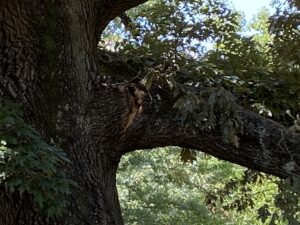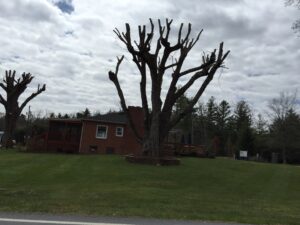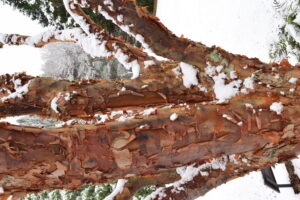Plant Health Alert – Winterizing Trees
go.ncsu.edu/readext?837511
en Español / em Português
El inglés es el idioma de control de esta página. En la medida en que haya algún conflicto entre la traducción al inglés y la traducción, el inglés prevalece.
Al hacer clic en el enlace de traducción se activa un servicio de traducción gratuito para convertir la página al español. Al igual que con cualquier traducción por Internet, la conversión no es sensible al contexto y puede que no traduzca el texto en su significado original. NC State Extension no garantiza la exactitud del texto traducido. Por favor, tenga en cuenta que algunas aplicaciones y/o servicios pueden no funcionar como se espera cuando se traducen.
Português
Inglês é o idioma de controle desta página. Na medida que haja algum conflito entre o texto original em Inglês e a tradução, o Inglês prevalece.
Ao clicar no link de tradução, um serviço gratuito de tradução será ativado para converter a página para o Português. Como em qualquer tradução pela internet, a conversão não é sensivel ao contexto e pode não ocorrer a tradução para o significado orginal. O serviço de Extensão da Carolina do Norte (NC State Extension) não garante a exatidão do texto traduzido. Por favor, observe que algumas funções ou serviços podem não funcionar como esperado após a tradução.
English
English is the controlling language of this page. To the extent there is any conflict between the English text and the translation, English controls.
Clicking on the translation link activates a free translation service to convert the page to Spanish. As with any Internet translation, the conversion is not context-sensitive and may not translate the text to its original meaning. NC State Extension does not guarantee the accuracy of the translated text. Please note that some applications and/or services may not function as expected when translated.
Collapse ▲Winter storms can damage trees. Weak branches, dead wood, and poorly pruned trees can break under the weight of ice or snow. Prepare your trees for winter weather by utilizing the following suggestions:
- Properly prune trees and shrubs at the correct time of year.
- Do not top trees! Topping trees harms trees.
- Remove dead and declining twigs and branches. Dead wood can be food and shelter for insect and disease pests in the winter. Dead wood can also fall under the weight of ice or snow.
- Maintain proper structure in shade trees by maintaining a single leader.
- Properly prune branches that will touch the ground when loaded with rain and snow. Foliage and branches in contact with soil can invite pests and problems.
- Spread a thin layer of composted organic mulch over an area at least as large as the branch spread. Mulch is nature’s way of recycling valuable materials.
- Remove any new sprouts at the tree base or along stems and branches.
- Aerate soils, without damaging tree roots, if compacted and poorly drained. Saturated and dense soils can suffocate roots leading to a decline in tree health.
- Fertilize with all the essential elements if they’re in short supply in the soil. Go lightly, if at all, with nitrogen, especially under large trees and around newly planted trees.
Trees are investments in property infrastructure that require a small amount of care. For the sake of your trees’ quality of life and your own, take a few minutes to winterize your trees. Wonderful springs come from well-tended winters.







